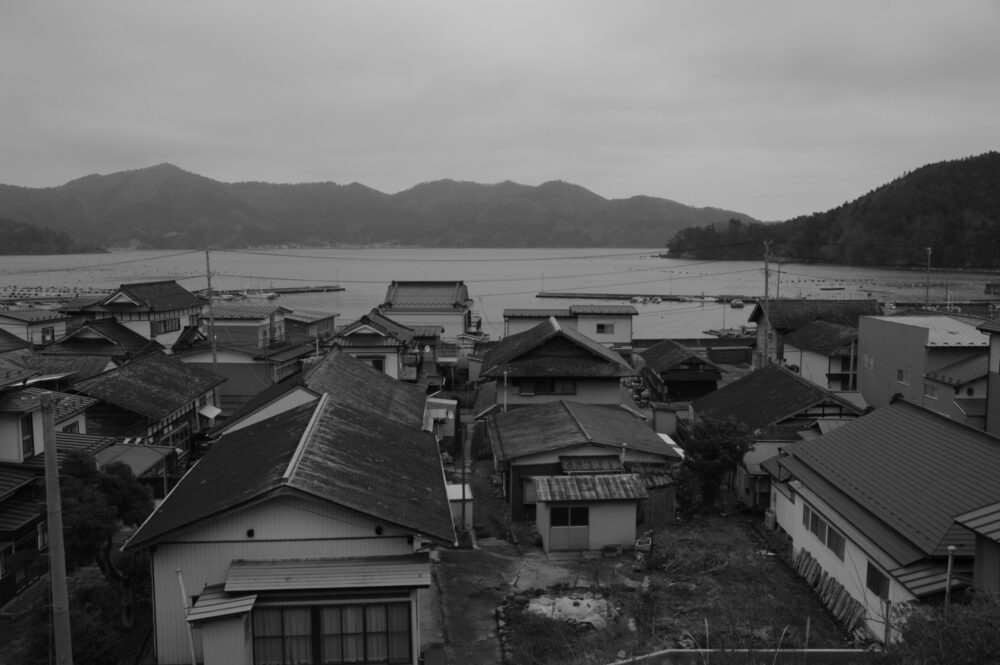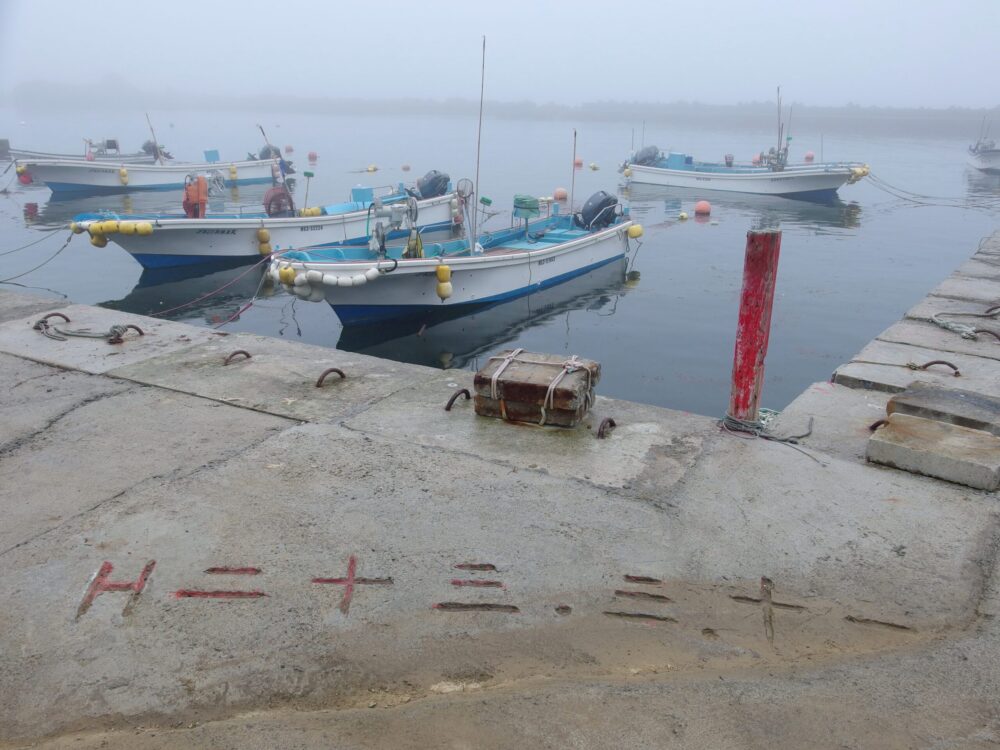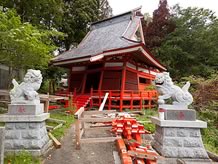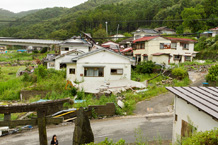Ogatsu Journey, Part 3: “Beyond the Mountain Pass, Life Continues”
A Journey of Coastlines and Mountain Passes
This article was translated by Yiyang (Ian) ZHONG, Jamie DING, John CARLYLE, Julie EMORY, Jung hun CHEON, Kenzo STURM, Linnea PEARSON, McKenna STRICKER, Minnie THOMPSON, Rebecca LEVEQUE, Tyler FRAGIE, Cindy XU, and Yen-Han NGUYEN. This collaborative translation was part of an advanced Japanese language class at the University of Washington taught by Justin JESTY.
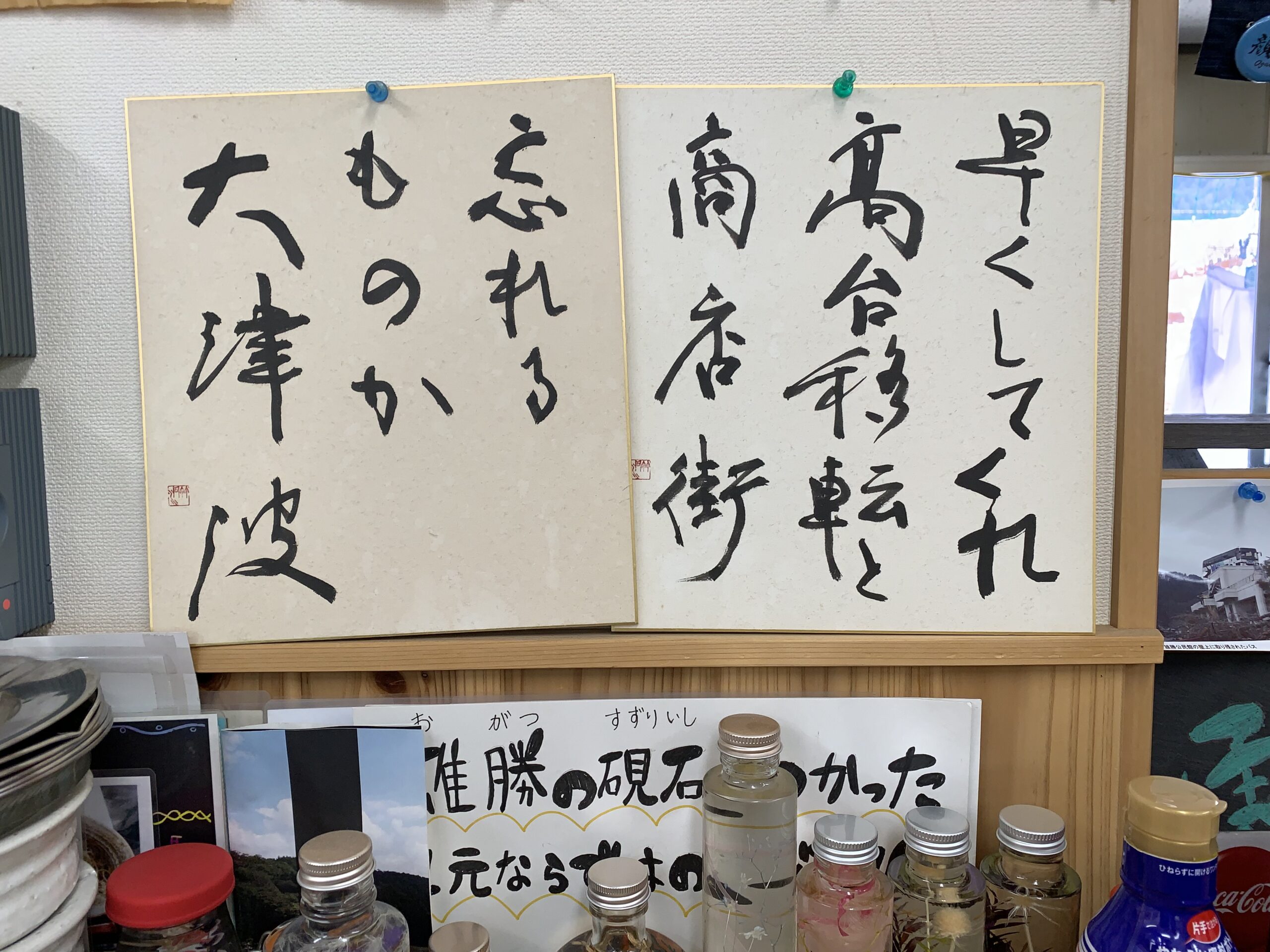 In the temporary commercial district (2019)
In the temporary commercial district (2019)
On the other hand, the town miraculously avoided major damage in the earthquake, and there are still neighborhoods in Ogatsu where the rows of coastal Sanriku homes that have been lost in other areas still stand. Ōsuhama is one such neighborhood, located on the tip of the peninsula that extends from the town center to the Pacific Ocean. When I first visited Ogatsu, there was a direct bus running from Ishinomaki Station to Ōsuhama (the longest regular bus route in Miyagi Prefecture at the time), and there was a small depot in Ōsuhama.
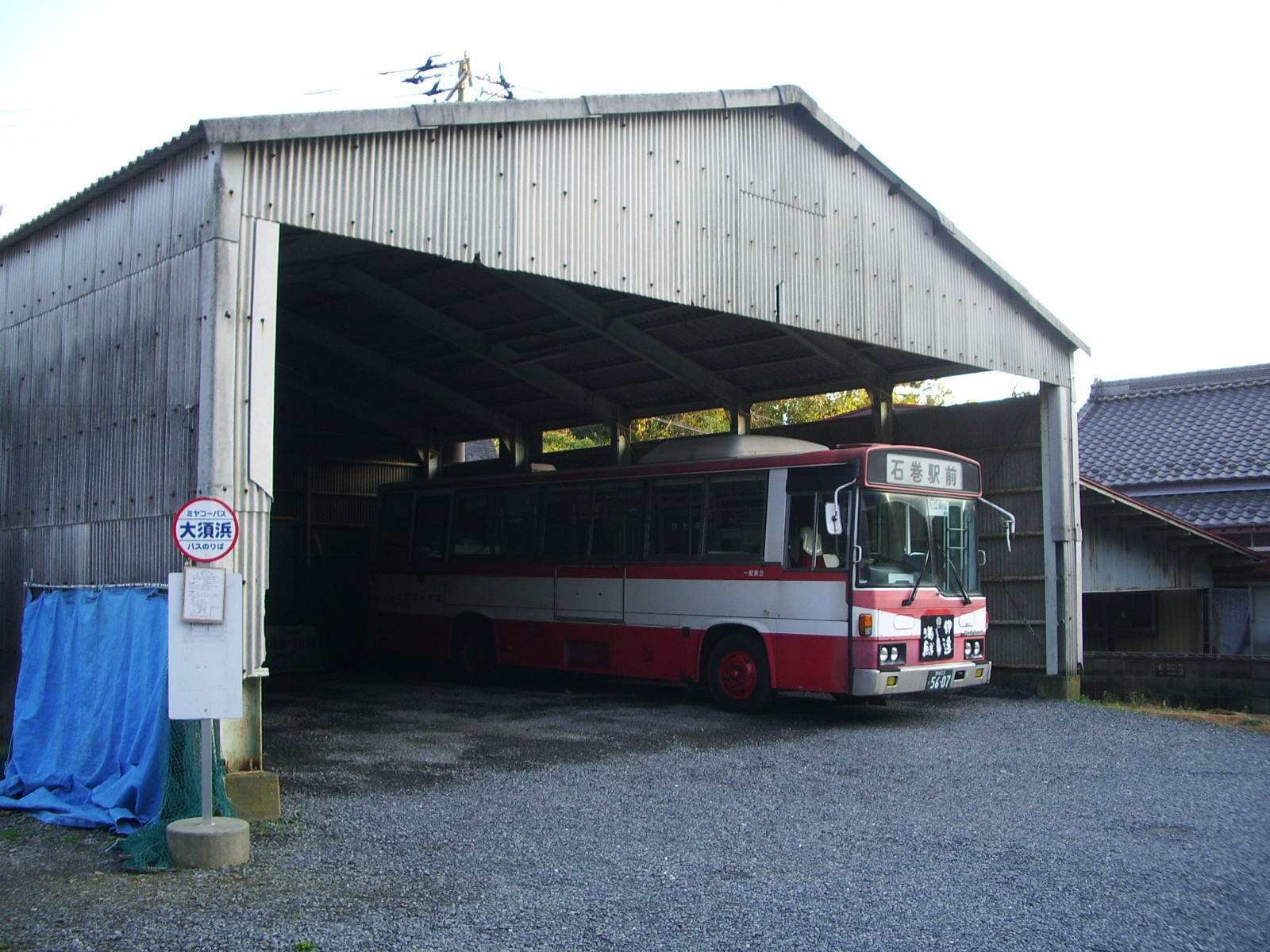
In Ōsuhama, the layout of the neighborhood remains as it was without having changed much since before the disaster. The fishermen’s homes and wooden storehouses roofed with Ogatsu slate still line the streets. Then, on the hill stands the Ōsuzaki Lighthouse, a sort of symbol of the neighborhood that was recently designated a “Romance Lighthouse” by the Nippon Foundation. When I walk around this neighborhood, I feel a sense of mystery and nostalgia. And when, on a sunny day, I close my eyes to the roaring of the waves of the Pacific Ocean stretching out from the view of Mt. Kinka, I feel a sense of calm deep in my heart.
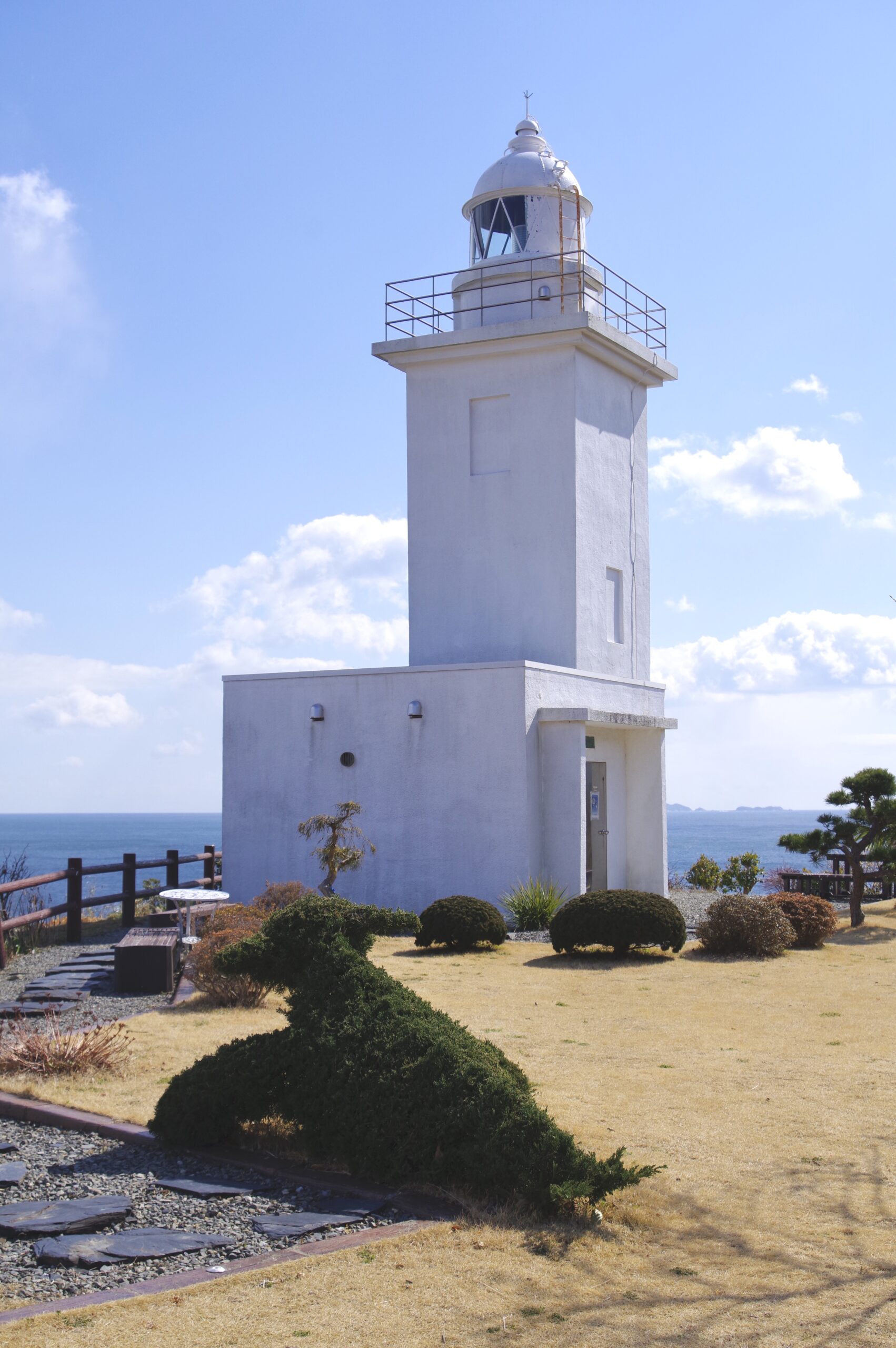
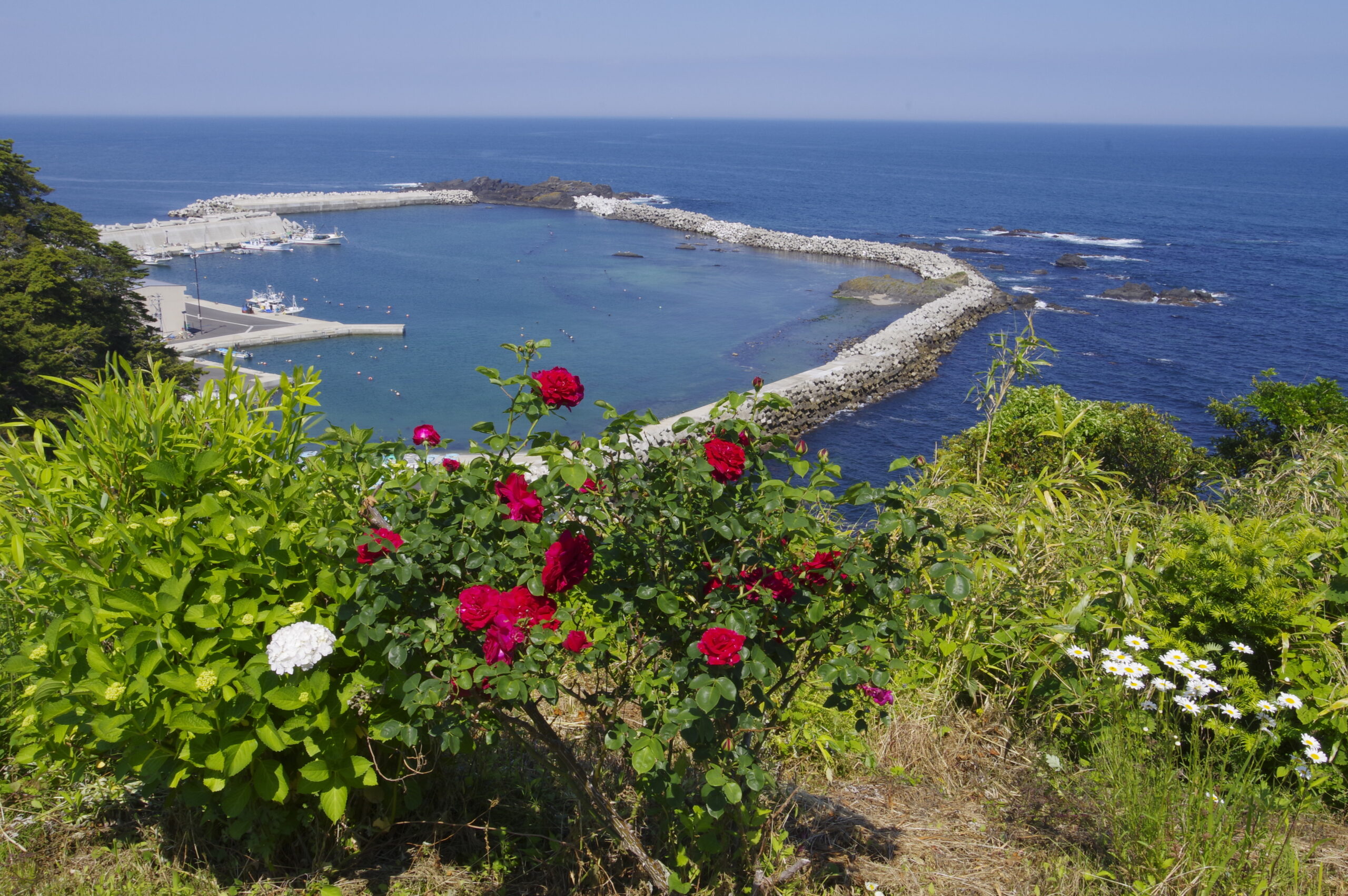
Ōsuzaki Lighthouse became a new spot for tourism, designated a “Romance Lighthouse” in 2018 because the harbor looks like a heart when viewed from the lighthouse.
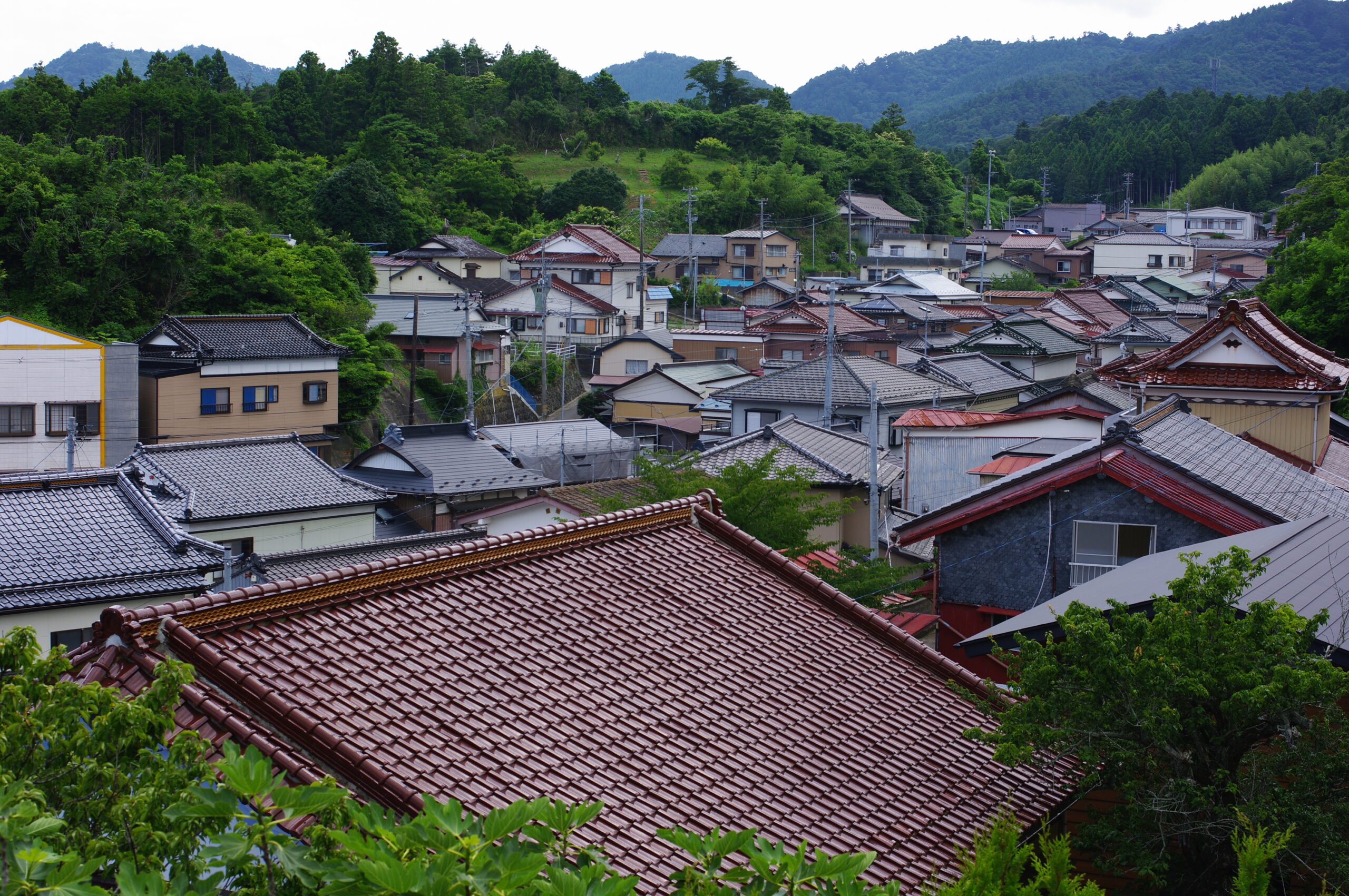
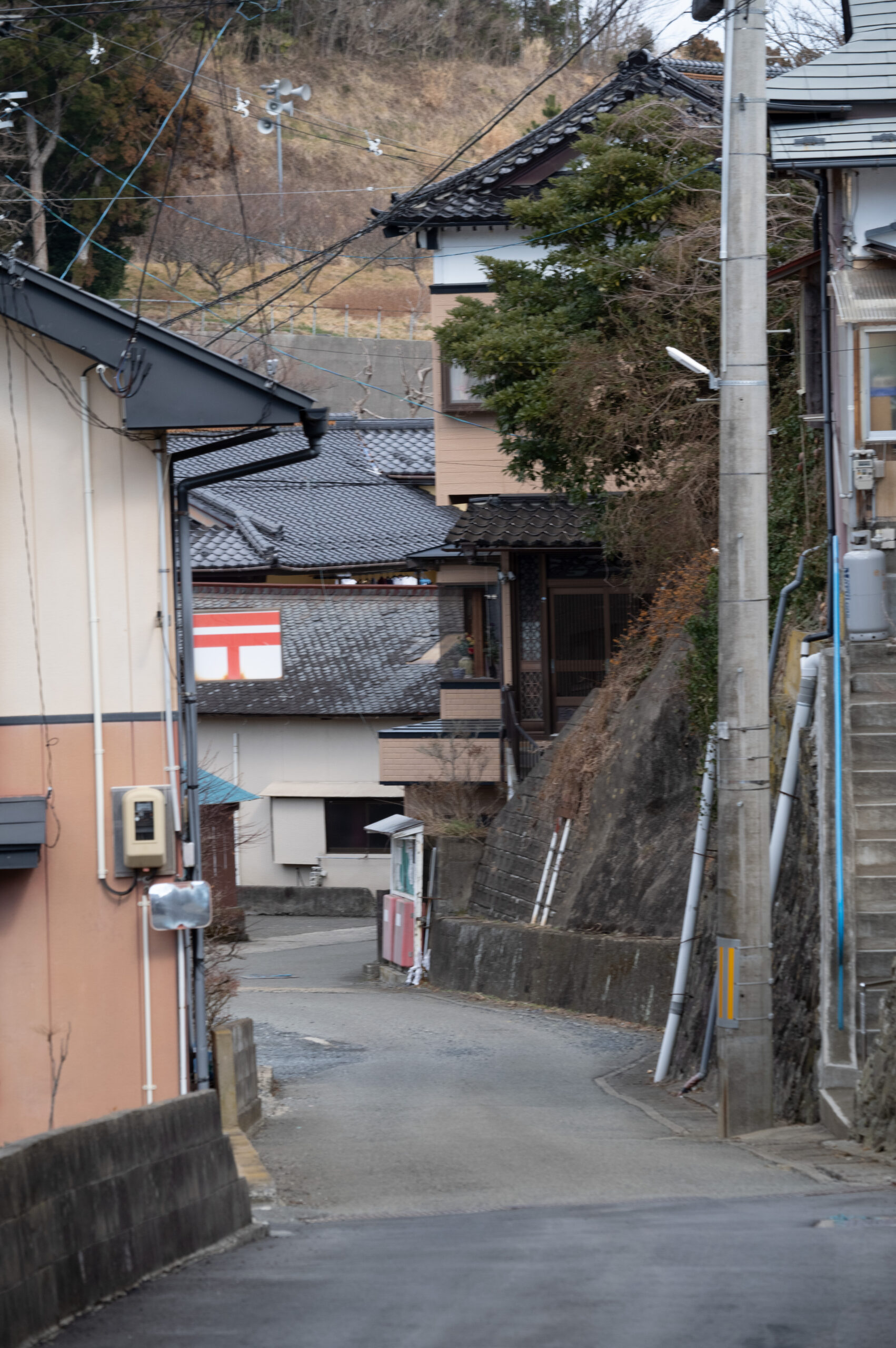
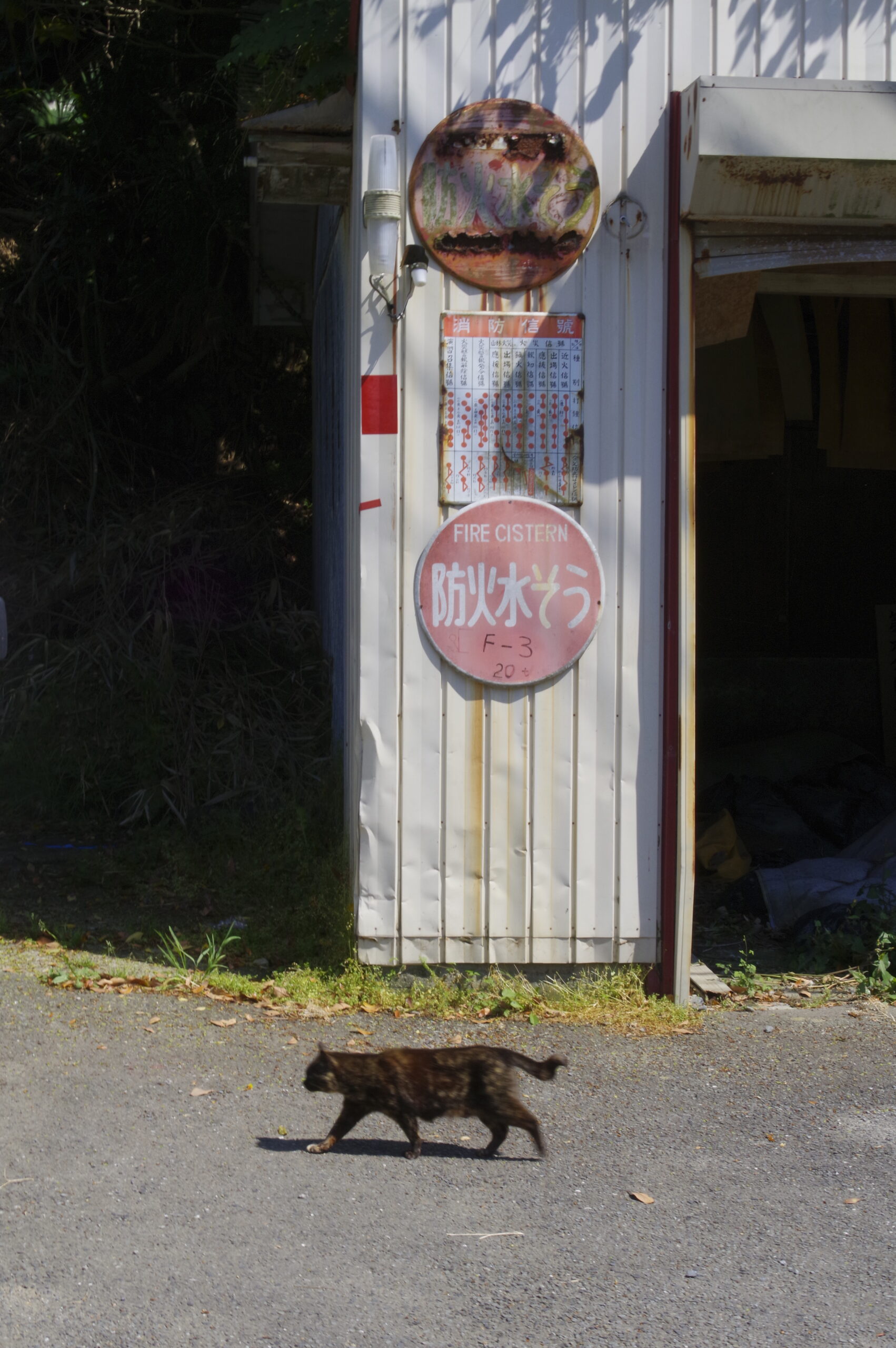
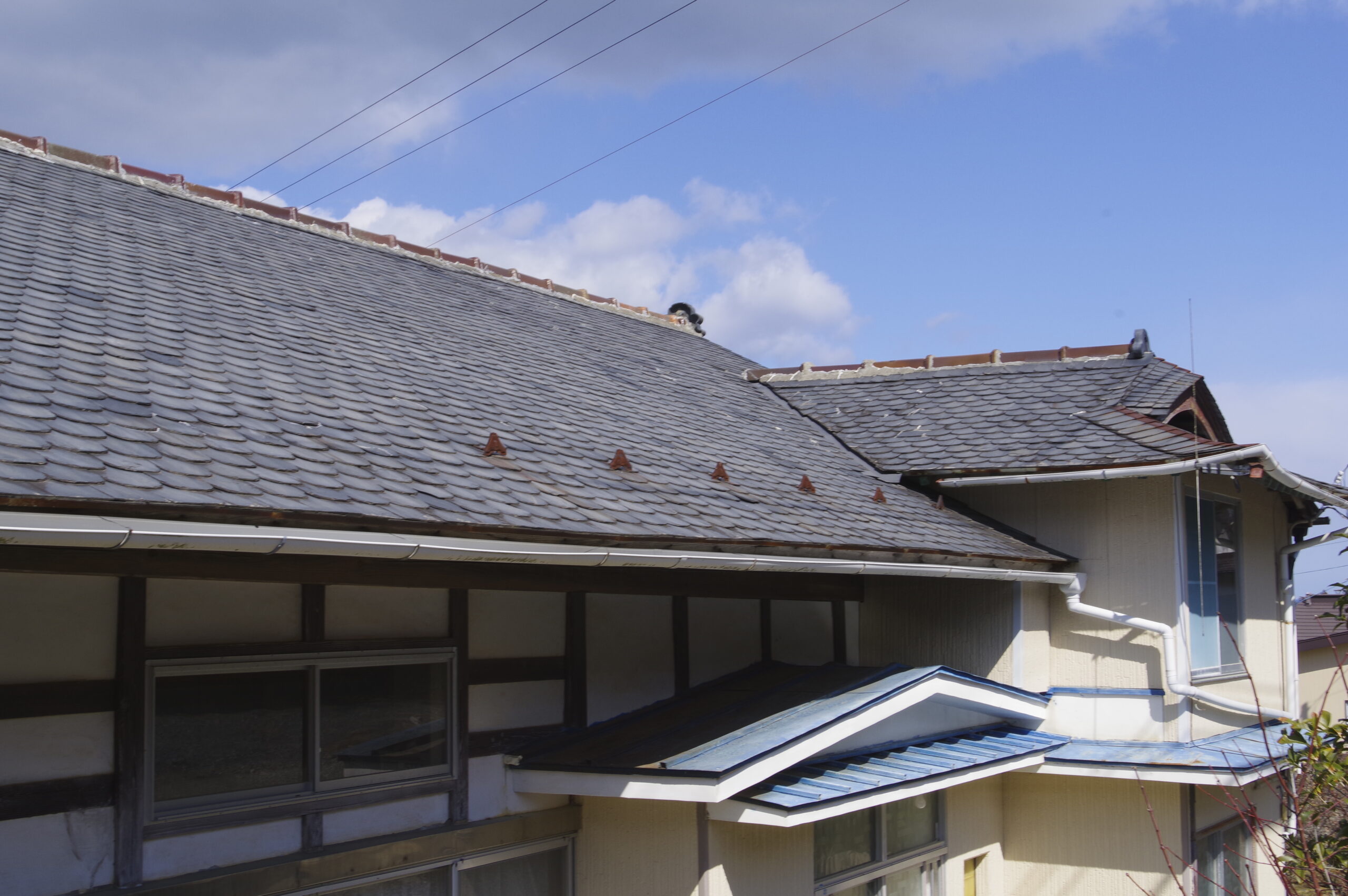
Now, in April of 2020, a new base for tourism and local government will open in the town center, built on land that was raised 8.9 meters along the seawall. Apparently a tourist products market and the second Ogatsu Inkstone Traditional Industry Center will open there, and what is now the temporary commercial district will also be moved. Even so, when you see it from a distance, the seawall and town center, now moved to higher ground, look just like a fortress. It is no exaggeration to say that the way it looked before the disasters is completely gone.
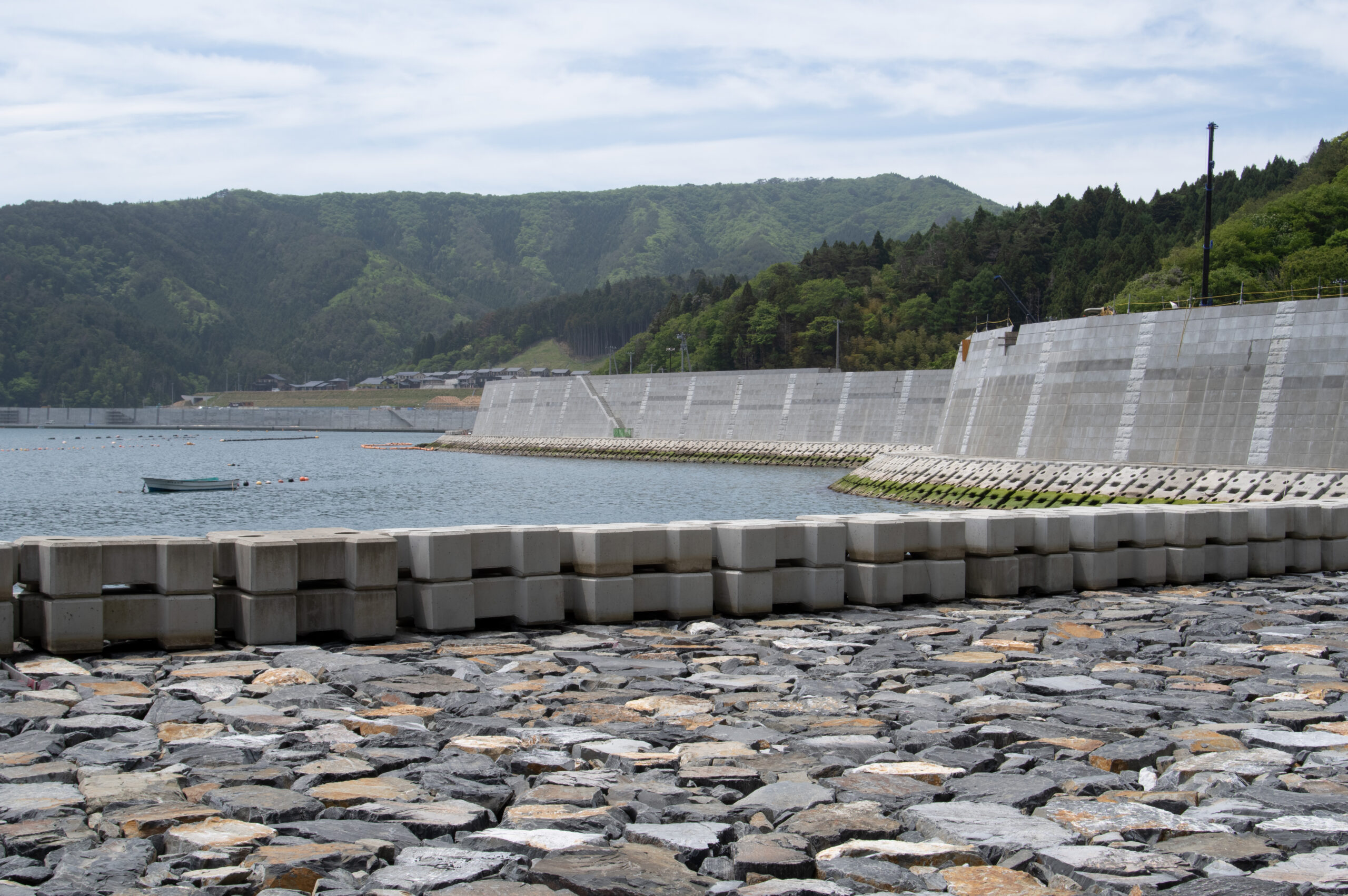
Nevertheless, separate from this redevelopment through large-scale construction projects, there are also efforts to support Ogatsu’s recovery being led by the citizens themselves. For example, an experiential learning facility that utilizes Ogatsu's natural environs has gained nationwide popularity, a new bed and breakfast has opened, an Ogatsu inkstone production space has reopened, and through the efforts of many people new hope for the region continues to spread. There is something immeasurable in the scale of the landscapes and ways of life that were lost. But, as more and more people return to Ogatsu or come for the first time, I continue to hope that a life and prosperity that connect to the future will be born anew.
Ogatsu Journey, Part 2: “Beyond the Mountain Pass, a Slow Recovery”
| Recorded on | 2013, 2017, 2019 | |
|---|---|---|
| Recorded by | KUDŌ Hiroyuki | |
| Recorded at | Ogatsu Town, Ishinomaki City, Miyagi | |
| Keywords |








